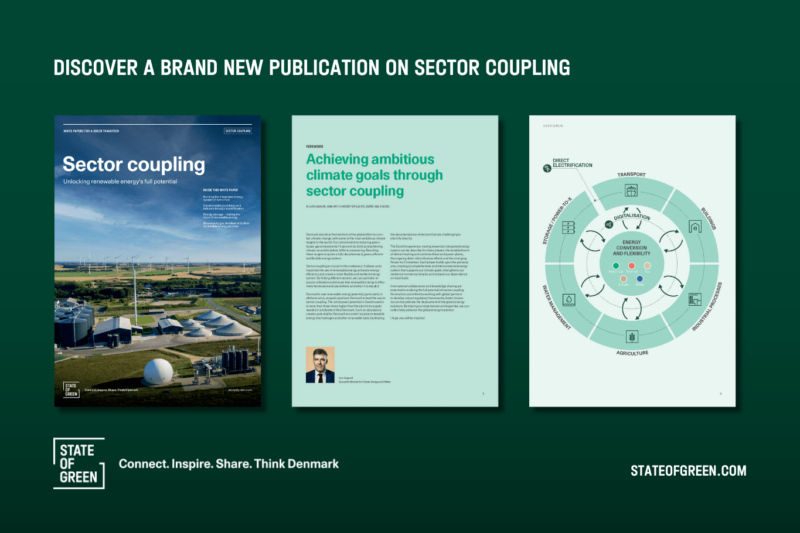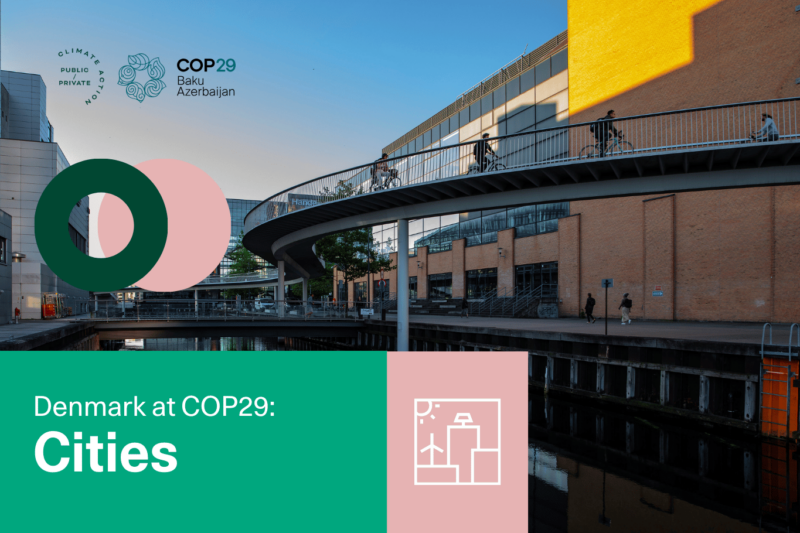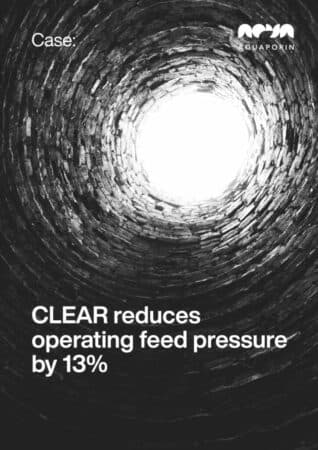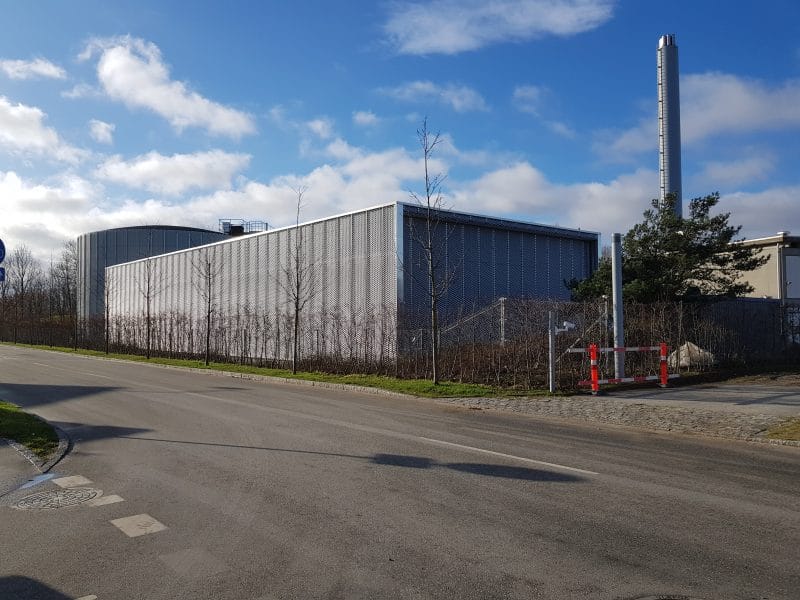Perspective
Groundwater management
Water management
Water supply
Groundwater as a reliable source of high-quality drinking water
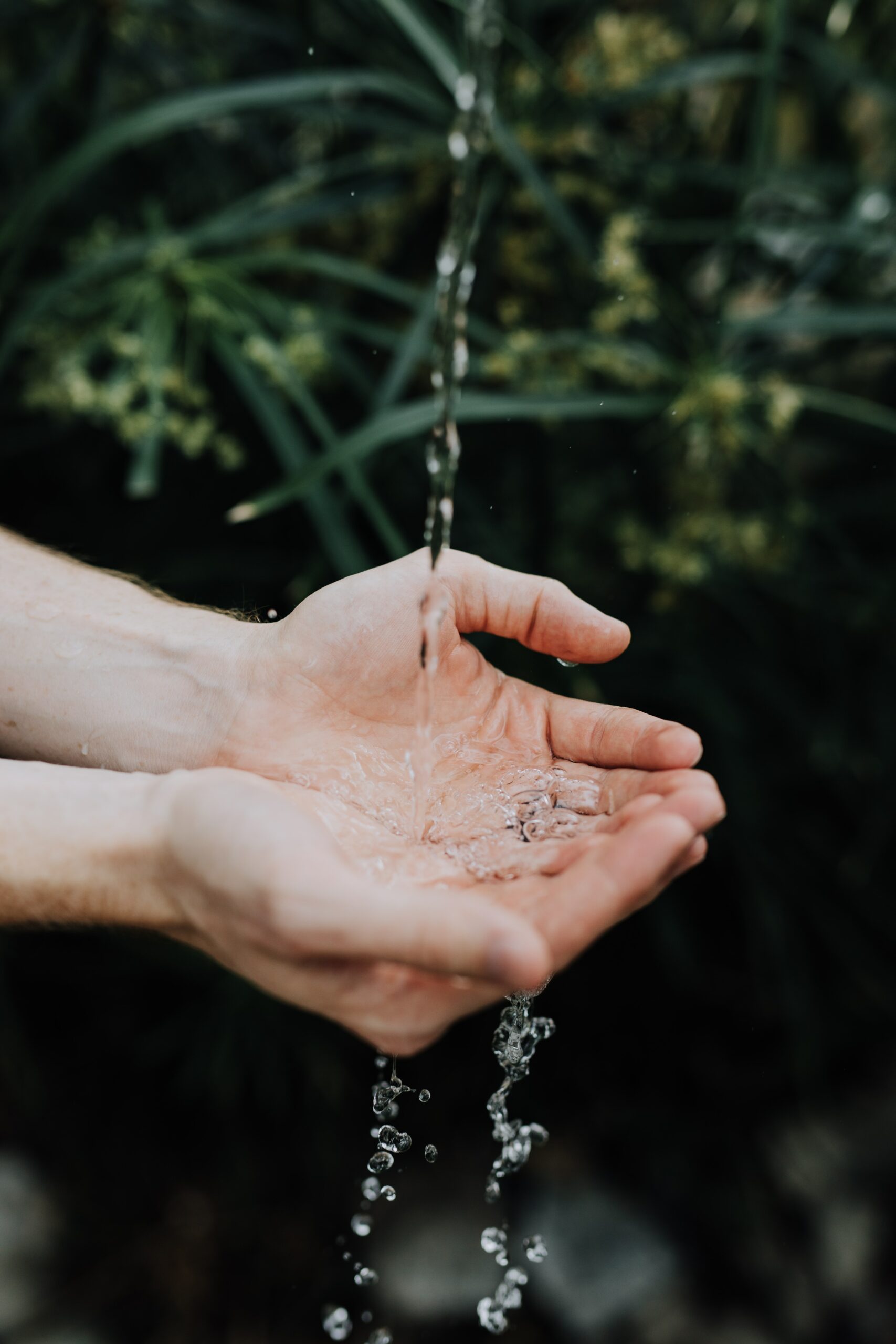

Groundwater is a more protected subsurface water resource, that can play a key role in ensuring stable access and meet the increasing demand for clean drinking water. The UN estimates that 1 billion people worldwide lack access to clean drinking water and has identified access to clean water and sanitation for all as one of its Sustainable Development Goals.
The amount of groundwater on earth is estimated to be 60 times greater than the amount of fresh surface water from lakes and rivers. Therefore, maximizing the value of drinking water from this key source is important.
Utilising groundwater as a source of drinking water or as a supplement to other sources has many advantages. When managed properly, groundwater can provide a stable and sustainable source of high-quality water that can help ensure regional growth, restore ecosystems, and increase life expectancy. However, all countries have different local conditions, which must be considered when planning for water supply. In Denmark, almost all drinking water is derived from groundwater. And during the past decades, Denmark has gained substantial expertise in groundwater management.
Water supply from one or several sources
With groundwater included in the supply mix or as the main drinking water source, water utilities can take advantage of long-term planning for water security and better meet the increasing water demand. Surface water is highly vulnerable to climate change and possible surface pollutants, but groundwater is generally more stable and requires less treatment before distribution.
At times, the production industry, food, and beverage companies as well as the agricultural sector face conflicts over access to water with other sectors or the local population. If groundwater is added as a new water source, this may help alleviate these conflicts as well as contribute to economic growth and development.
Groundwater mapping and sustainable management of the aquifer ensure improved knowledge of available water resources. When resources are monitored and managed, businesses and local communities can benefit from improved water efficiency, better water quality, and security of supply.
Sustainable groundwater management
Having a holistic view of various water supplies as ‘one source’ promotes better integration and better management of water resources over time. Groundwater aquifers are naturally influenced by the surface water above, such as rivers and wetlands, by specific land use, and at times by nearby coastal and marine environments. Even though they are largely protected underground, aquifers can be contaminated over time by pollutants from a variety of sources, including agricultural and industrial waste, polluted streams, and saline intrusion from marine environments.
Furthermore, excessive abstraction, often associated with agricultural and industrial land use, can negatively affect quality as well. Managed Aquifer Recharge (MAR) is one of many adaptations being used to ensure a balance between abstraction and recharge, and the appropriate conditions for MAR can be determined by geophysical equipment.
Treatment of quality-affected groundwater
Most of the groundwater only requires minor treatment, such as aeration and filtration to remove iron and manganese. Businesses and local communities can benefit from improved water efficiency, better water quality, and supply security when resources are monitored and managed.
However, in some instances and areas groundwater naturally contains minerals to an extent that renders it unfit for drinking (for example, high fluoride levels or arsenic content).
Despite groundwater being better protected in comparison to other drinking water sources, groundwater pollution is a growing problem due to pesticides and/or industrial pollution that penetrate through the topsoil down to the aquifer which means that excessive abstraction of groundwater can permanently damage an aquifer.
In certain cases, the pollutant can be eliminated through dilution or removed through advanced treatment methods, once again raising the water’s quality to drinkable levels. In either case, the economic benefits of a naturally clean groundwater supply are challenged.
You should consider reading
solutions
Climate change adaptation
+4
WATER CONSERVATION IN AFRICA
4 November 2024Perspective
Sector coupling
+9


